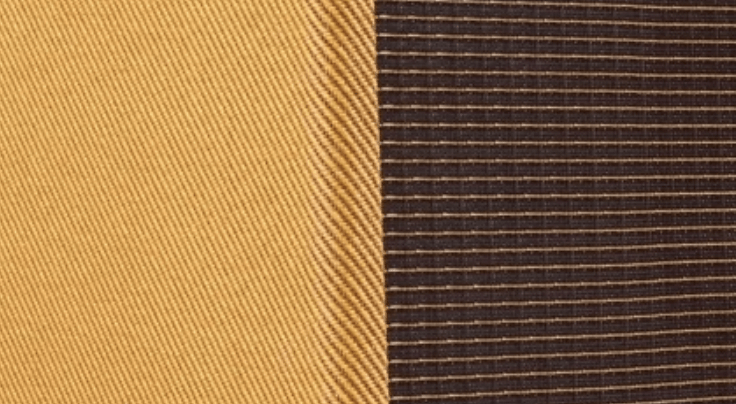No products in the cart.
Do you know that a tweed amp cover material is twill? It is a fabric and not vinyl. However, there are two basic types of tweed utilized in music instrument manufacturing. A yellow coated one, known as Fender style, and a dark olive one called Peavy style. Tweed amp covers are amongst the most identified substances in the world. So here is what you will need.
Material:
- Tweed covering – sufficient for your particular job
- Adhesive spray – one or two cans depend upon the size of the amp
- Clear or amber shellac or even colored alcohol aniline dye if you want customized burst or colors – optional
- Denatured alcohol for diluting dye or shellac – required if you use shellac or you are applying colored dye
Tools:
- Utility knife having sharp blades
- J-roller for applying pressure for the contact adhesive bond for coating, sharp blade utility knife, possibly a 12 inches carpenter square
- Full face respirator
- HVLP rig only if you want to clear or color the tweed – optional
You can choose from 3 alternatives to cover a tweed amp. The alternatives are:
Alternative 1. Shading & Finalizing
Leave the tweed raw or even unfurnished for the simplest form.
Alternative 2. Applying many light coats of clear or even amber-colored shellac or varnish
This is the second most popular finishing process. Shellac’s charm is that coat after coat, it “absorbs” into itself. As a result, adding various light coats is the best way for preventing runs, wears, or drips, establishing evenly coverage, and applying the required OEM finishing method.
This can be accomplished in two ways:
- An aerosol tin of transparent shellac can be purchased for a little amount if you’re only looking to clear coating and/or for just a one-time work. The same methods and rules apply here as they would if you used an HVLP rig like the one mentioned here. So, just stick to those rules and you will do perfectly.
- An HVLP rig is normally the easiest and most powerful way to go if you want the nice amber color, or if you are thinking of doing multiple bits or a larger part. A proper and spotless top feed spray gun, with an air compressor that is easily sustainable to consistent air velocity for effective coverage, fade, and or burst, and a respirator for protection against undesired smoke and particulates are all necessary.
Alternative 3. Color Tinting - Bursting - Fading
This method follows the same instructions as the first, the only difference is that we are going to create a new shade or supplement the tint. You should use the amber shellac just like the base as well as mix in the new color if it is brown or red shade. This works very well whether you are planning for fading or simply a gentle bursting.
Now, here is how you can follow the alternative 2 and 3.
- Evenly mix the base shade coat, the light of both the shades initially, after mixing both the shades and testing over a sample part to ensure the dye mixture is correct.
- We will set the fan spray wide for getting equal coverage, then let it dry completely.
3. Start working on the burst or fade shades. Lower down the fan spread and reduce the pressure of the air on the gun for getting a smaller and accurate p spray area. If you’re unfamiliar with the method, test the settings over a sample part first. - Take your time with the procedure; It is not something to hassle. Make lighter passes instead of less heavy passes.
That’s all. Hopefully, our guide for covering a tweed amp will help you a lot. However, one important thing is that the dust cover for the tweed amp can be made from any material. So don’t just wait, buy one for yours!

